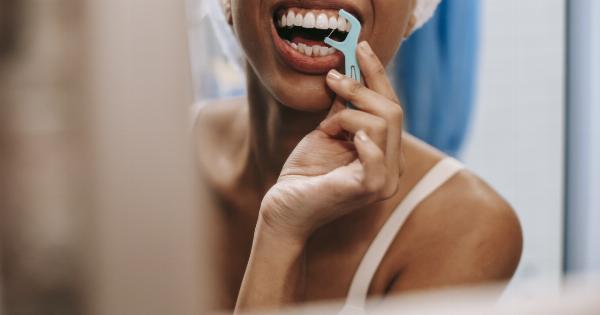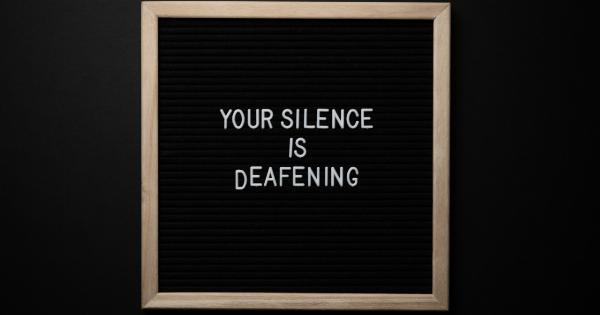Incontinence is a common problem that affects millions of men and women around the world. It is a condition that can be embarrassing and uncomfortable to talk about, but it can have a significant impact on a person’s quality of life.
In this guide, we will discuss what incontinence is, the different types of incontinence, and some tips for managing it.
What is Incontinence?
Incontinence is the involuntary loss of urine or feces. It can occur at any age, but it is more common in older adults.
Incontinence can be caused by a variety of factors including weakened pelvic floor muscles, a medical condition, and certain medications.
There are two main types of incontinence: urinary incontinence and fecal incontinence. Urinary incontinence is the involuntary loss of urine, while fecal incontinence is the involuntary loss of feces.
Types of Incontinence
1. Stress Incontinence
Stress incontinence is the most common type of urinary incontinence. It occurs when the pelvic floor muscles are weakened, making it difficult for the body to hold urine when pressure is exerted on the bladder.
This can happen when the person coughs, sneezes, laughs, or lifts something heavy.
2. Urge Incontinence
Urge incontinence is the second most common type of urinary incontinence. It occurs when the bladder muscles contract uncontrollably, causing a sudden urge to urinate. The person may not make it to the bathroom in time, resulting in an accident.
3. Overflow Incontinence
Overflow incontinence is a type of urinary incontinence that occurs when the bladder doesn’t empty completely, causing it to become too full and leak.
This can be caused by an obstruction in the urinary tract, nerve damage, or weak bladder muscles.
4. Mixed Incontinence
Mixed incontinence is a combination of stress and urge incontinence. It occurs when the person experiences both symptoms at the same time.
Managing Incontinence
Incontinence can be a difficult and embarrassing condition to manage, but there are several things that can be done to improve the situation. Here are some tips for managing incontinence:.
1. Strengthen Your Pelvic Floor Muscles
Weak pelvic floor muscles can contribute to incontinence. Kegel exercises, which involve contracting and relaxing the muscles that control urine flow, can help strengthen the pelvic floor.
To do Kegels, contract the muscles as if you were trying to stop the flow of urine. Hold for five seconds, then relax for five seconds. Repeat 10-15 times per session, several times a day.
2. Maintain a Healthy Weight
Being overweight can put pressure on the bladder and lead to incontinence. Losing weight through a healthy diet and exercise can help relieve this pressure and reduce symptoms of incontinence.
3. Avoid Certain Foods and Drinks
Certain foods and drinks can irritate the bladder and make incontinence worse. These include alcohol, caffeine, citrus fruits and juices, spicy foods, and carbonated drinks.
4. Use Incontinence Products
Incontinence products such as pads, protective briefs, and undergarments can help manage incontinence and prevent embarrassing accidents.
These products are available in a variety of styles and absorbencies, so it’s important to choose the type that works best for your individual needs.
5. Stay Hydrated
While it may seem counterintuitive, staying hydrated can actually help manage incontinence. When the body is dehydrated, the urine becomes concentrated and can irritate the bladder.
Drinking plenty of water can help dilute the urine and reduce symptoms of incontinence.
Conclusion
Incontinence is a common problem that can have a significant impact on a person’s quality of life. However, with the right strategies and management techniques, it is possible to manage the condition and reduce symptoms.
By strengthening your pelvic floor muscles, maintaining a healthy weight, avoiding certain foods and drinks, using incontinence products, and staying hydrated, you can take control of your incontinence and live a full, active life.































